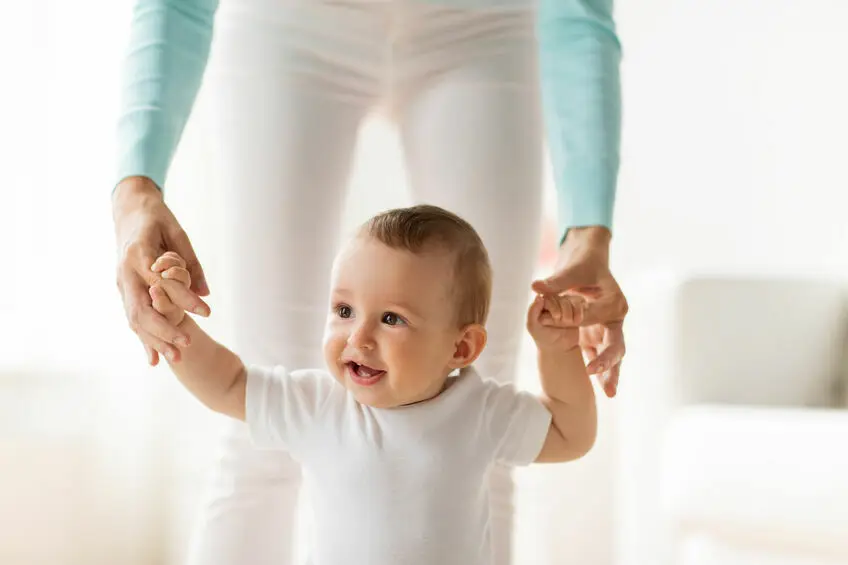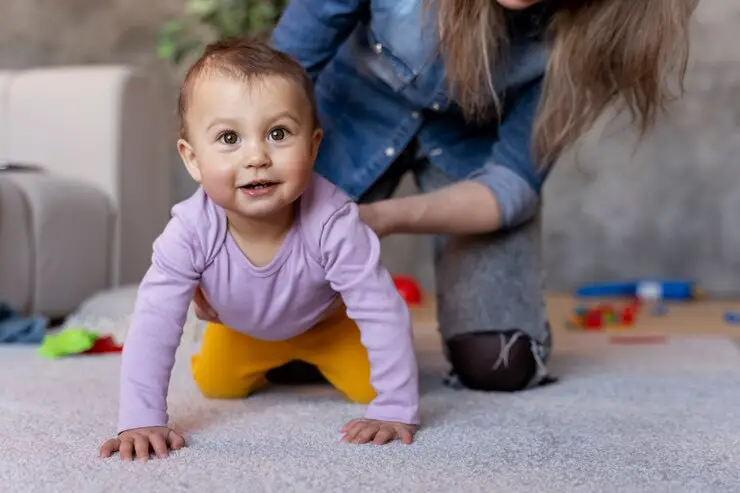Safety
Congratulations on your new bundle of joy! As you hold your baby in the hospital, it’s natural to feel overwhelmed with love and a strong desire to provide the best care and protection. Here are some general home safety tips to help you create a safe environment for your baby:
- Safe sleep: Ensure your baby sleeps on their back in a crib with a firm mattress, fitted sheet, and no loose bedding, pillows, or stuffed animals. Use a sleep sack instead of blankets.
- Babyproofing: Babyproof your home by covering electrical outlets, securing cords, installing safety gates at stairs, and using cabinet locks to prevent access to hazardous substances.
- Temperature control: Keep the room at a comfortable temperature, avoiding extreme heat or cold. Use appropriate clothing and blankets to regulate your baby’s body temperature.
- Safe bathing: Never leave your baby unattended during bath time. Keep the water at a safe temperature (around 100°F or 38°C), and gather all necessary supplies before starting.
- Poison prevention: Keep household chemicals, medications, and cleaning products out of reach or in locked cabinets. Be cautious of plants that could be toxic if ingested.
- Secure furniture and appliances: Anchor heavy furniture, such as dressers and bookshelves, to the wall to prevent tipping. Use safety straps to secure TVs and other large appliances.
- Supervision: Always keep a watchful eye on your baby, especially when they start to become more mobile. Avoid leaving them alone on elevated surfaces like changing tables or sofas.
- Safe transportation: Use a properly installed rear-facing car seat every time you travel with your baby. Follow the manufacturer’s guidelines and local laws.
- Smoke and carbon monoxide detectors: Install smoke alarms and carbon monoxide detectors in your home, particularly near sleeping areas, and regularly check their batteries.
- Baby equipment safety: Use age-appropriate and well-maintained baby equipment like strollers, high chairs, and swings. Follow the manufacturer’s instructions for assembly and use.
Remember, these tips are a starting point, and it’s important to stay updated on the latest safety guidelines. As your baby grows, you can adapt your safety measures accordingly. By prioritizing your baby’s safety, you’re creating a nurturing and protected environment for them to thrive.


